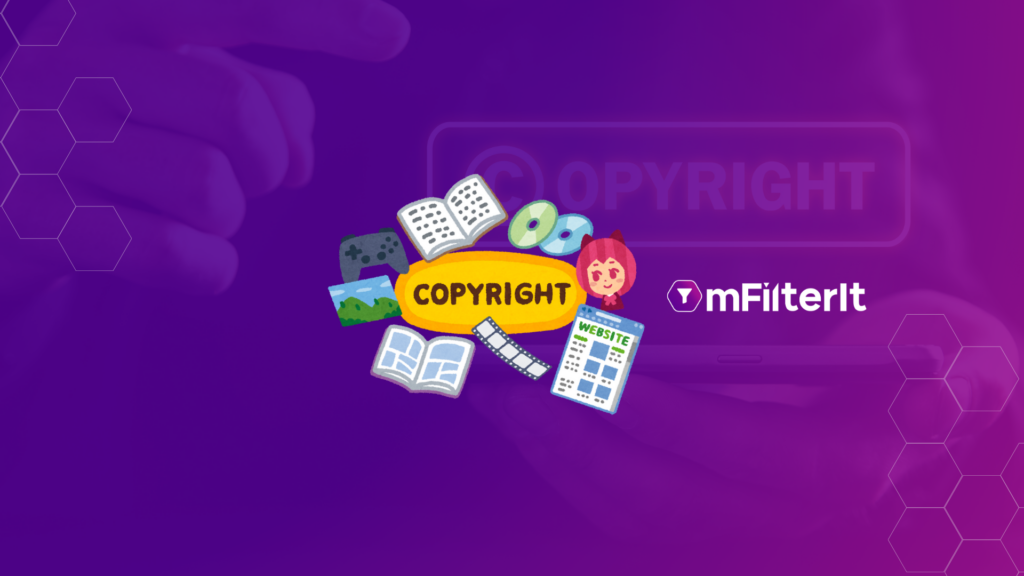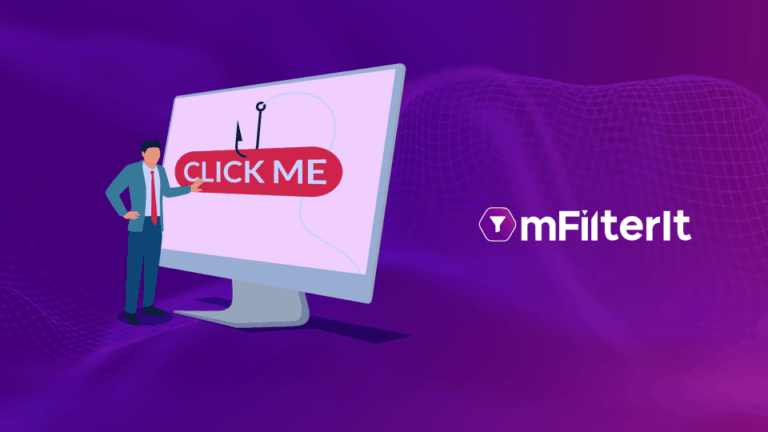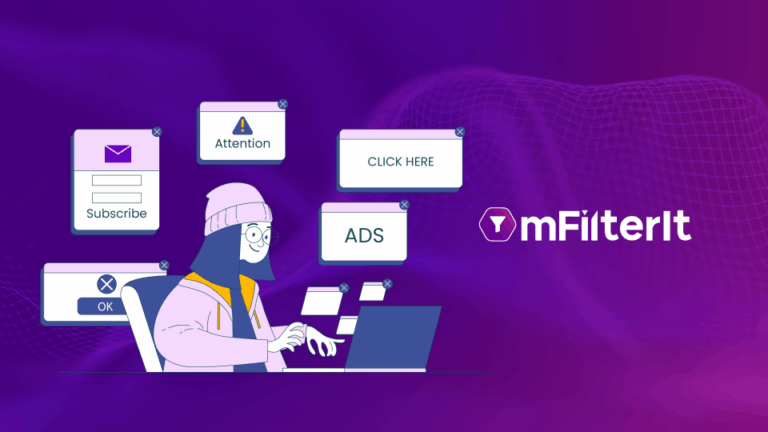It is easier than ever to start a business or brand using the Internet. On the downside, copying content or impersonating a brand is also easier than ever on the internet. It is projected that counterfeiting and piracy will cause the global economy to lose $4.2 trillion from 2017 to the end of 2022, according to a report. Despite the risk, many businesses are unaware of how copyright infringement occurs, whether they should be concerned, and how they can protect themselves.
Determine your risk areas:
A copyright infringement occurs when someone uses someone else’s intellectual property or copyrighted work without authorization. Examples include artwork, such as logos, designs, taglines, a song or video, and content on a website. We will however expand on that definition a little bit to cover a wider range of risks. A brand name, website URL, or product may also be subject to fraud. In order to build a customized plan to combat fraud, you should identify what areas of your business are most likely to be vulnerable to fraud.
Domain Name Abuse
This is simply a way to steal traffic and customers from your website. This can be done by using a different domain extension with the same or similar domain name, such as.net instead of .com, or by misspelling your website name. There is a high likelihood of this if you have a well-known brand name or increased traffic to your website.
Counterfeiting
It involves your website content being copied or imitations of your products being sold elsewhere. If your product is content or relatively easy to reproduce, counterfeiting is a possibility.
Impersonation
- This is when someone creates fake accounts on social media or eCommerce platforms or a fake websites that mimics the brand for the purpose of attracting customers. Although this case may overlap with the two above, Impersonators will specifically target customers using your brand. They may sell your product from their website as if it is the brand’s official website or publish content on fake social media channels claiming to be the official ones.
The best offense is the defense:
The following are some free tools and methods you can use:
- Use free e-commerce protection: When you sell on major e-commerce websites like Amazon, eBay, or Alibaba, these companies provide tools for searching the web for suspected counterfeits.
- Leverage the power of social media: If your brand has a strong social media presence, your followers can help you identify infringements. Staying engaged and responsive to your followers on social media may lead to them reaching out to you for any suspicious cases.
- Understand the legal framework: Copyright owners can take legal action against anyone who infringes on their copyright. A copyright owner has the right to sue in a court with jurisdiction for civil remedies, including injunctions, damages, and accounts. Furthermore, no court below a metropolitan magistrate or a judicial magistrate of the first class has the authority to try any offense under the Copyright Act.
Use detection tools:
mFilterIt provides a complete solution for brand safety and brand infringement issues. By using open-source intelligence and keeping a detailed eye over digital space, mFilterIt’s Brand Protection solution ensures brand equity at the lowest possible cost. Our tailored solutions prevent revenue loss and brand abuse by identifying and eliminating digital infringements and counterfeiting. Our capabilities help brands stay on top of their online presence.
Any brand deviations are reported in real-time by the powerful deep penetrating algorithms. To ensure brand integrity, our impregnable shields protect the web and app assets of a brand. A deep view of the digital ecosystem scans Apps, Webs & third-party Play Stores to identify counterfeit apps.
Get in touch with us.



